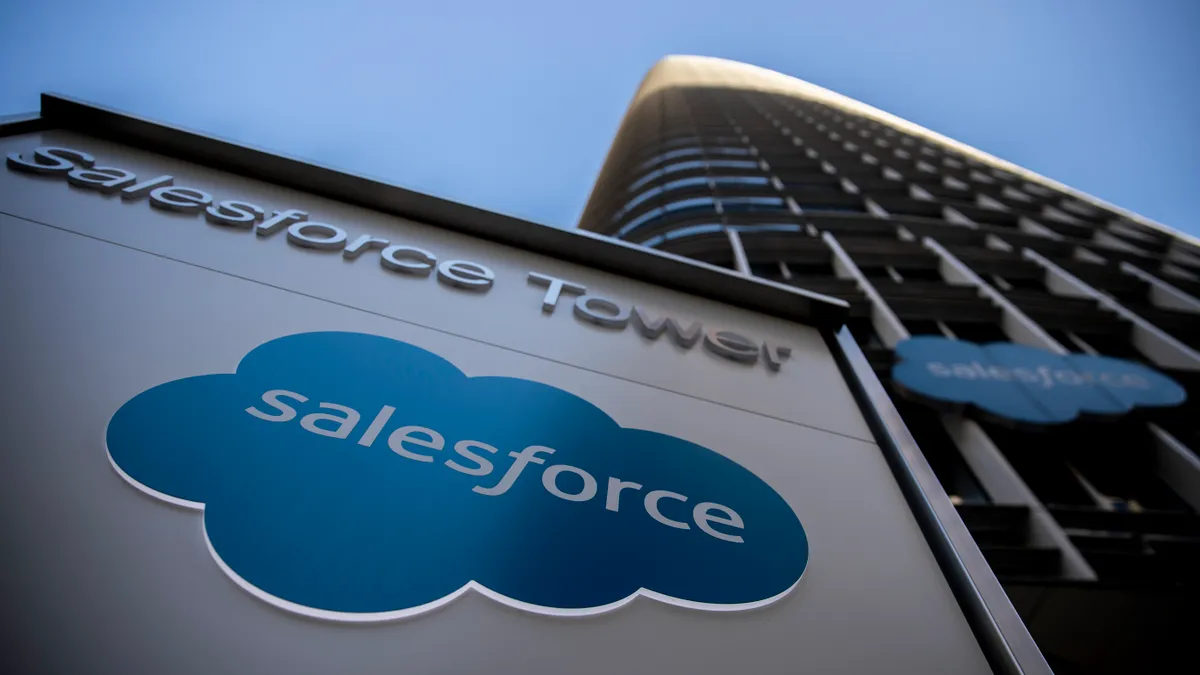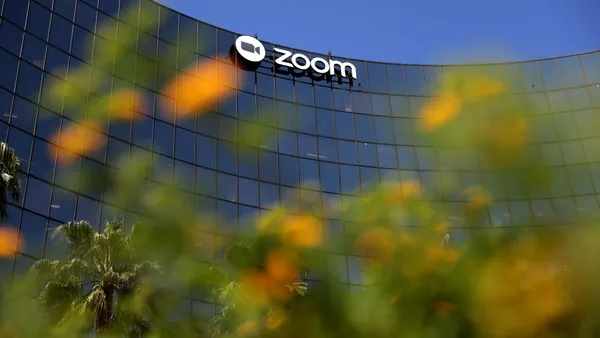IT professionals are not generally known as an especially social group. It makes sense, then, that IT leaders don’t tend to participate in a huge amount of social media activity.
Studies show that while many CIOs have some combination of accounts on Twitter, LinkedIn, and/or Facebook, they may not actually utilize them much. According to data compiled by social software provider harmon.ie, only about 10% of CIOs in the top companies — Fortune 250 and Global 250 — actively use public social networks.
“These … CIOs are charged with transforming the world’s largest enterprises, yet our analysis shows that most have relatively little experience using the kinds of tools that are needed to drive that change,” said Mark Fidelman, harmon.ie’s chief social strategist and lead author of the analysis.
Yet increasingly, a key differentiator among CIOs is how well they communicate, said Peter High, who recently created a list of the Top 20 Social CIOs for Forbes.
Today’s CIOs “must be supreme networkers, collaborating with their colleagues in IT, their colleagues outside of it, establishing partnerships with vendors that will generate new value for the enterprise, and increasingly engaging customers, who are much more tech savvy today no matter the industry,” said High. “A proxy for one’s ability to do each of these well is one’s engagement in social media.”
Past fears
In the past, CIOs sometimes shied away from social media for a number of reasons beyond lack of interest. They may have feared their comments or posts could somehow be used against them or that a comment could be taken out of context.
In fact, the opposite may be true. A recent report from Leading Edge Forum purports that CIOs may instead be in danger of “falling out of context if they are not prepared to use social channels as effective intelligence gathering, communications and personal branding mechanisms.”
Pros to a more social CIO
What advantages can CIOs gain from being more active on social networks?
For one thing, leveraging social media can enable better collaboration and networking. CIOs can share information about challenges, projects and results and gain insights from peers dealing with similar issues. A number of CIOs say they use social media to participate in communities of special interest, gain insight on vendors, and research and learn. In general, social media is a key way to reach and receive insights and new ideas from your internal IT team, coworkers outside of IT, vendors, partners and customers.
Social media can also help CIOs develop their personal brand and enhance the brand of the IT department. As one expert said, “deciding to be invisible sends a strong message about you; if you never share anything, you’ll find people stop sharing with you.”
Finally, social media can be an effective way to reach and recruit new employees. Someone that is considering joining your IT department might feel more at ease if they have a sense of who you are and how you work via your social media presence.
Evidence suggests CIOs that utilize social media effectively may find it offers significant rewards. But in general, as the primary champion for the adoption of new technologies, CIOs should strive to actively “walk the walk” and engage and communicate using technology, including social media.













